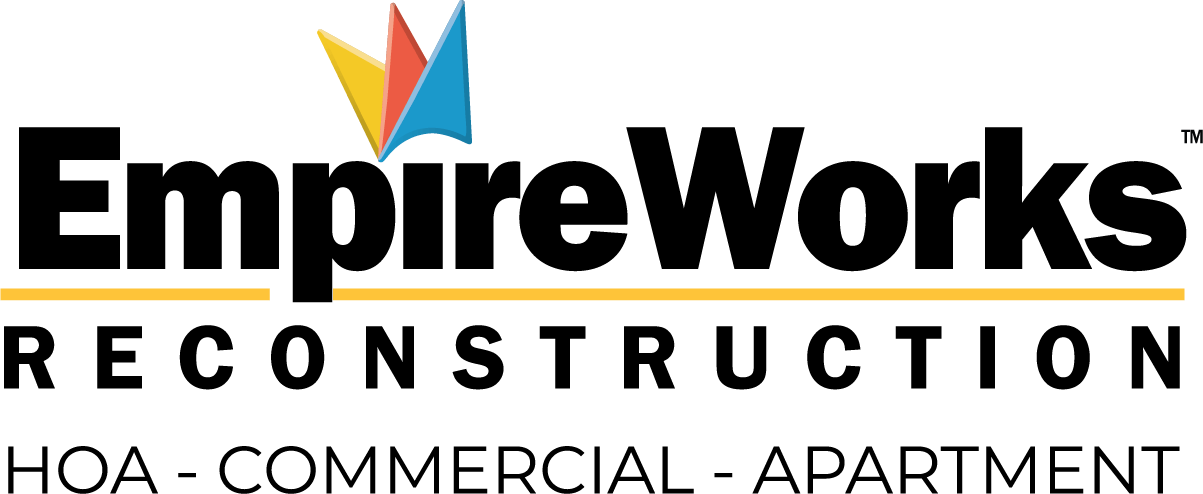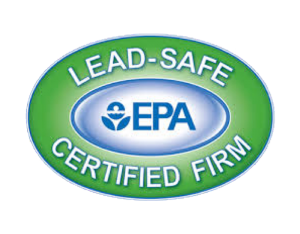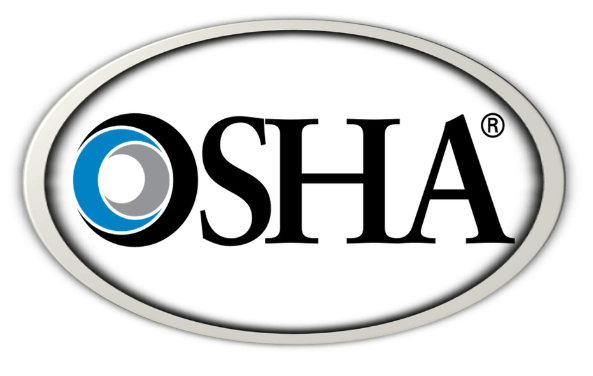Ensuring Safety & Compliance in California Condo Associations
Balcony and deck failures have led to thousands of injuries each year. The intended goal of SB-326 is to keep people safe by identifying any Exterior Elevated Elements (EEE) in decay or disrepair. By making the necessary repairs, the HOA will prevent failures before any injuries may occur.
The new SB-326 law mandates that a licensed architect or structural engineer (such as EmpireWorks partners) conduct visual inspections.
Here is what we can help with:
Request an Inspection
Complete the form below and a member of our SB-326 team will contact you shortly!
SB-326 - Organic Form
The SB-326 Inspection Process
Under California's SB-326, the inspection process for Exterior Elevated Elements (EEEs) like balconies and decks in multi-family residences involves an initial visual assessment. This step is crucial for identifying visible damage or wear, ensuring the integrity of materials and connections. If needed, further invasive testing such as endoscopic or moisture analysis may be conducted to detect internal issues. The resulting detailed report provides a comprehensive overview of the EEEs' condition, their expected lifespan, and necessary repairs or maintenance, guiding homeowner associations (HOAs) in maintaining safety standards and compliance with the law.
Why Choose EmpireWorks?
We understand that SB-326 compliance is not just about meeting legal requirements but also about ensuring the long-term safety and value of your property. Our approach is designed to provide lasting benefits to homeowner associations (HOAs) and their residents.
Enhanced Safety and Peace of Mind
By rigorously adhering to SB-326 standards, we help ensure that your property’s elevated elements are safe and secure. This commitment to safety provides peace of mind to residents and board members alike.
Preservation of Property Value
Well-maintained and compliant buildings are more attractive to current and potential residents. Our comprehensive repair and maintenance services help in preserving and potentially increasing your property’s value.
Avoidance of Legal and Financial Risks
Timely compliance with SB-326 helps in avoiding potential legal penalties and costly emergency repairs. Our proactive approach ensures that your property remains ahead of regulatory requirements.
Customized Maintenance Plans
Every property is unique, and so are its maintenance needs. We offer customized maintenance plans tailored to the specific requirements of your property, ensuring optimal care and longevity of EEEs.
Streamlined Project Management
Our experienced project managers handle all aspects of inspection, repair, and maintenance. This streamlined approach reduces the administrative burden on HOAs and ensures efficient project execution.
Building a Culture of Safety and Responsibility
By focusing on regular inspections and maintenance, we help foster a culture of safety and responsibility within your community. This approach not only complies with SB-326 but also demonstrates a commitment to resident welfare.
SB-326 FAQs
OUR CLIENTS SAY

“I am a resident and a board president in a community that EmpireWorks is currently doing a very large stucco and painting project. I have found the quality of work to be excellent and my contact at the company was a wonderful person to work with. She was very professional and responsive to any request I sent her way. Keep up the great work Empire! ”
George P
Board President,
Dessert Hills HOA
“I have had the opportunity to work with EmpireWorks on several painting and building repair projects over the last few years and have been very pleased with their work. The projects have always been completed in a timely manner to our satisfaction. We have had very few follow up issues, but when we did, they were resolved promptly. EmpireWorks is excellent on follow-up. They do quality work, and they stand by it..”
Carol K
Board President,
Royal Orleans North HOA
our Core Services
Request an SB-326 Inspection
Submit the form below and a member of our SB-326 team will contact you shortly to plan your SB-326 inspection.
SB 326 Inspections - Bottom of Page
By submitting this form, I agree to receive communications from EmpireWorks in connection with my inquiry. My information will be processed in accordance with EmpireWorks's Privacy Policy.








